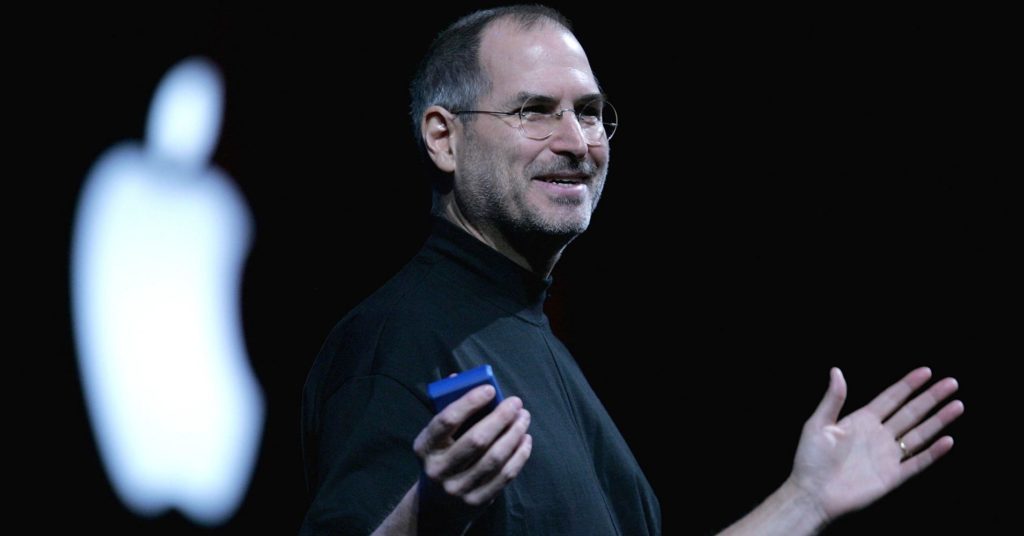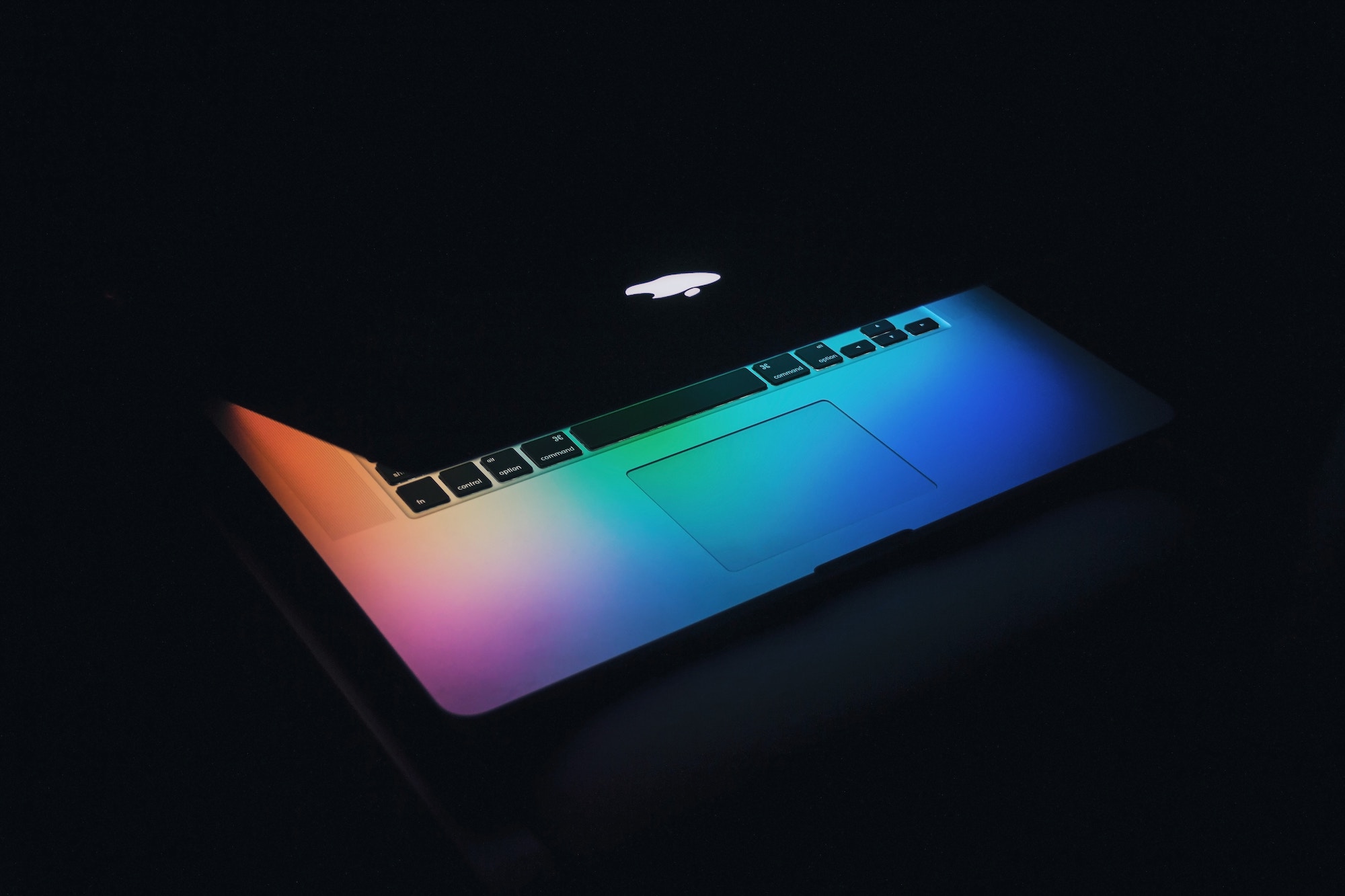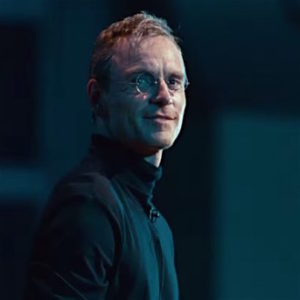It won’t come as a surprise for a generic world-class electronics company to squirm at the mere motion of discontinuing any present-day technology that is evidently in rampant use with its current user-base, including peripherals or hardware systems. Imagine the plight of several million loyal customers when they hear how their favourite features and functions have been impertinently withdrawn with immediate effect from the brand’s high-end product line. But of course, we aren’t talking about Apple.
Here’s what everybody, including most designers, gets it completely wrong about Apple whenever the discussion surrounding its deeply intricate ‘design philosophy’ happens. There will be an unequivocal and optimistic pronouncement that Apple’s success is due to its “user-first” mindset. It’s not and it never was. On the contrary, Apple’s innovation strategy is ingrained in making its products future-proof by pursuing a ‘design-first’ framework in a valiant effort to promote and invest in technologies, which in Steve Jobs’ prophetic words, are having an upwards swing. That pursuit of integrating innovative technology is partly the reason why some of their design decisions seem impractical and in complete contradiction to current technical norms. The unpopular decision behind the removal of the headphone jacks from the iPhone 7, for instance, was necessary to make the device thinner and add space for larger batteries in a world that is hankering for more juice. That single design change has virtually turned the tide towards wireless Bluetooth headset manufacturers and prompted iPhone buyers to shop for them (read, ‘AirPods’) and has sparked a wave of innovation in the industry.
[…]Apple is a company that doesn’t have the resources that everyone else has. We choose what tech horses to ride, we look for tech that has a future and is headed up. Different pieces of tech go in cycles… they have their springs, and summers and autumns, and…then they go to their graveyard of technology. And..so we try to pick things that are in their ‘springs’ and if you choose wisely you can save yourself enormous amount of work versus trying to do everything, and you can really put energy into making those new emerging technologies be great on your platform rather than just ‘ok’ because you’re spreading yourself too thin. […] So we have got rid of things..we were one of the first to get rid of the optical drives with the MacBook Air, and I think things are moving in that direction as well. And sometimes when we get rid of things like the floppy disk drive on the original iMac people call us crazy. But sometimes you just have to pick the things that look like they’re gonna be the right horses to ride going forward.
Steve Jobs – D8 conference, 2010.
So, where modern PC brands were feverishly banking on the ubiquitous USB Type-A on the basis of its adoption rate and the competition Apple boldly moved forward to replace them with USB type-Cs on their Mac devices. It’s a debate for another day that Apple’s ‘design-first’ decision on the 2015 MacBook also prompted an extravagant usage of physical adapters to attach almost any 3rd-party Type-A peripheral on almost every major device launch.
Continue reading…




 Having enjoyed Walter Isaacson’s insightful book ‘Steve Jobs’ ages ago, and after amassing enough confidence, I was left disappointed watching its cinematic version recently. Especially after a feeble attempt was made in the ‘Jobs’ movie wherein Ashton Kutcher helmed the legendary Apple founder’s role my expectations from the official film had peaked. In the book, Isaacson has detailed the
Having enjoyed Walter Isaacson’s insightful book ‘Steve Jobs’ ages ago, and after amassing enough confidence, I was left disappointed watching its cinematic version recently. Especially after a feeble attempt was made in the ‘Jobs’ movie wherein Ashton Kutcher helmed the legendary Apple founder’s role my expectations from the official film had peaked. In the book, Isaacson has detailed the